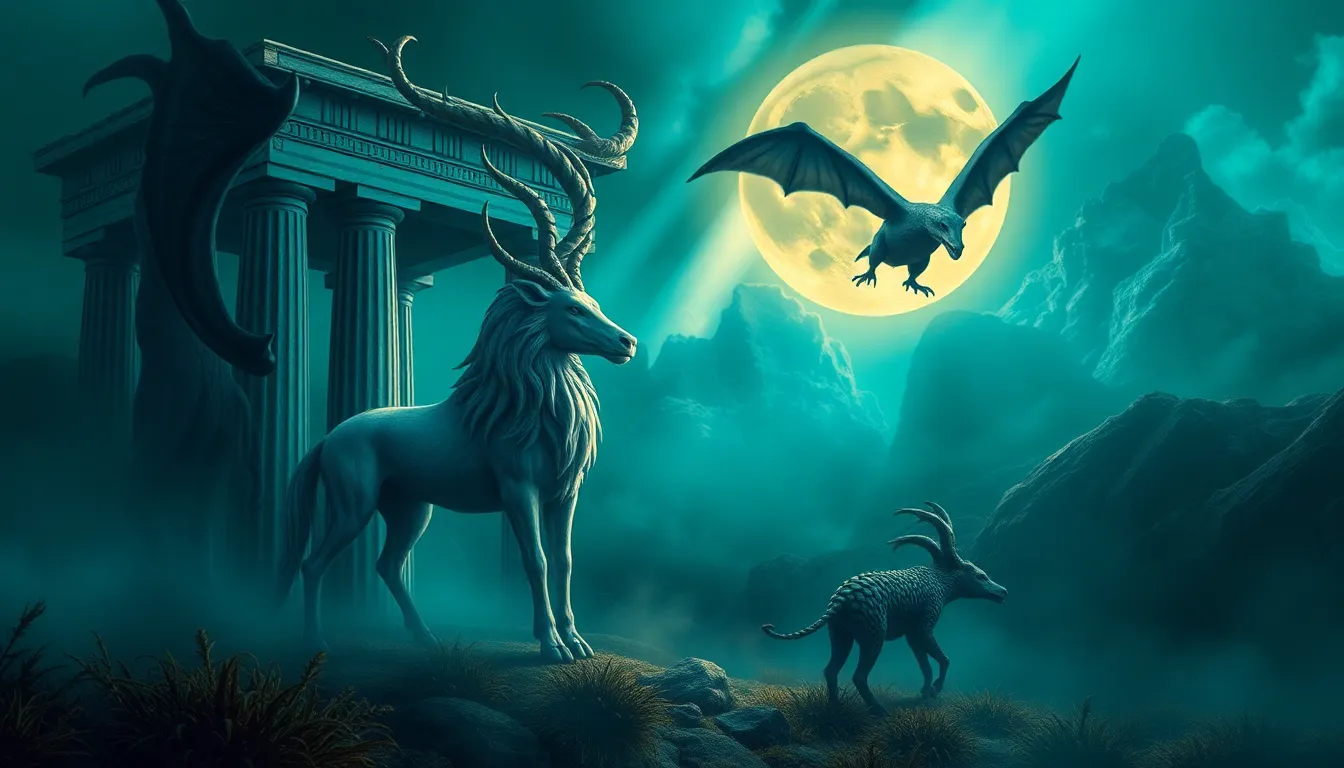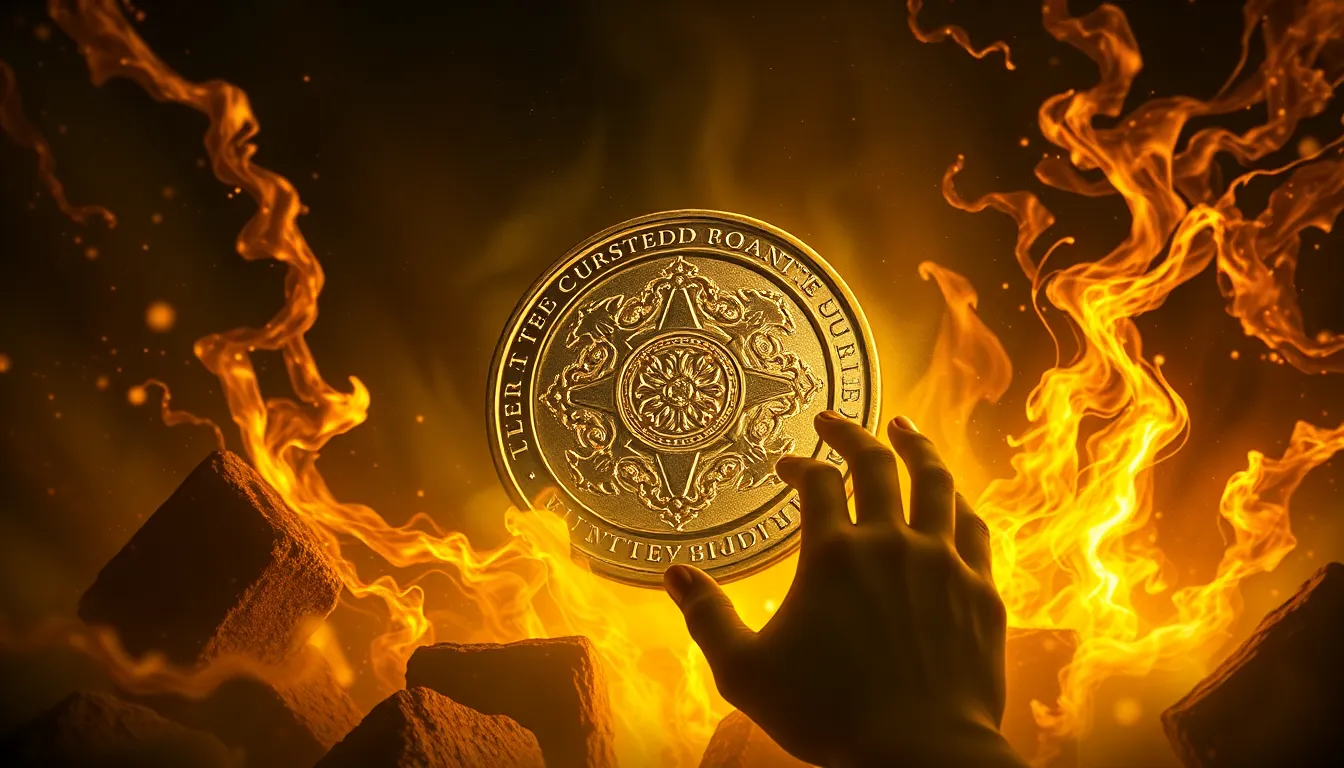The Serpent’s Wisdom: Níðhöggr and the Unseen Forces of Nature
I. Introduction
Níðhöggr, a fearsome dragon from Norse mythology, embodies complex themes of life, death, and the cyclical nature of existence. This creature, often depicted as gnawing on the roots of Yggdrasil, the World Tree, serves as a powerful symbol within the rich tapestry of Norse beliefs. Throughout various cultures, serpents have held significant roles, often representing dualities such as wisdom and destruction, renewal and decay. This article aims to delve deeper into the symbolism of Níðhöggr and its profound connection to the unseen forces of nature.
II. Níðhöggr: The Dragon of the Underworld
Níðhöggr is described as a monstrous serpent or dragon that resides in Niflheim, the realm of ice and mist. Its characteristics are often portrayed as both terrifying and formidable, with a body that symbolizes the dark depths of the earth. This creature plays a crucial role in the mythological framework of Yggdrasil, where it is depicted as consuming the roots of the World Tree, representing the decay that precedes rebirth.
The symbolism of Níðhöggr extends beyond its fearsome appearance. It embodies the cycles of decay and regeneration found in nature. Just as Níðhöggr incessantly gnaws at the roots of Yggdrasil, natural cycles of decomposition and regeneration are vital for ecological balance. This connection emphasizes the importance of decay as a precursor to new life.
III. The Role of Serpents in Mythology
Throughout different mythologies, serpents have played diverse and often contradictory roles. In many cultures, they are revered as wise beings, while in others, they are feared as harbingers of destruction. Here’s a brief comparative analysis:
- Mesopotamian Mythology: The serpent is often a symbol of wisdom, as seen in the epic of Gilgamesh.
- Christianity: The serpent signifies temptation and sin, particularly in the story of Adam and Eve.
- Hinduism: Serpents, or Nagas, are considered protectors and symbols of fertility.
Níðhöggr finds its place within this broader context, embodying both destructive forces and the potential for wisdom through transformation. The duality of serpents as both benefactors and destroyers is essential in understanding their symbolic significance.
IV. The Unseen Forces of Nature
The concept of unseen forces in nature encompasses the mysteries that govern life and the environment. These forces, often represented by mythical creatures like Níðhöggr, highlight the interplay between the visible world and the hidden dynamics that influence it. Níðhöggr serves as a representation of these unseen forces, illustrating how myth and nature intertwine.
Mythical creatures often symbolize natural phenomena, embodying the elements of chaos and order. Níðhöggr, with its relentless gnawing, reflects the destructive yet necessary aspects of natural processes, embracing the balance between creation and destruction.
V. The Relationship Between Níðhöggr and Nature’s Cycles
Níðhöggr plays a pivotal role in the cycle of life, death, and rebirth. Its actions mirror the seasonal changes that govern the natural world:
- Life: Represents growth and flourishing, akin to the flourishing branches of Yggdrasil.
- Death: Níðhöggr’s gnawing signifies decay, an essential part of the natural order.
- Rebirth: From decay comes new life, emphasizing the cyclical nature of existence.
This cyclical relationship offers insights into ecological balance and sustainability. Recognizing Níðhöggr’s place in this cycle urges us to appreciate the delicate interdependencies within ecosystems.
VI. Modern Interpretations of Níðhöggr’s Wisdom
In contemporary society, Níðhöggr’s symbolism resonates deeply with themes of environmental awareness and personal growth. The lessons derived from Níðhöggr encourage us to reflect on our relationship with nature:
- Environmental Awareness: Níðhöggr reminds us of the consequences of neglecting the natural world.
- Personal Growth: Just as Níðhöggr transforms through its cyclical existence, we too can embrace change and growth.
- Collective Responsibility: The interconnectedness illustrated by Níðhöggr urges us to act sustainably.
By interpreting Níðhöggr’s wisdom in a modern context, we can draw parallels to our challenges and responsibilities toward the environment.
VII. Níðhöggr in Popular Culture
Níðhöggr’s presence extends beyond ancient texts into modern literature, art, and media. Its representation has evolved, influencing contemporary fantasy and storytelling:
- Literature: Níðhöggr appears in various fantasy novels, often symbolizing chaos and transformation.
- Art: Artists depict Níðhöggr in various forms, exploring themes of decay and renewal.
- Media: Films and games draw inspiration from Níðhöggr, reshaping its narrative to fit modern contexts.
These representations can alter perceptions of nature and mythology, inviting audiences to reconsider the significance of such symbols in our relationship with the natural world.
VIII. Conclusion
In summary, Níðhöggr holds a significant place in both mythology and nature. Its symbolism of decay and rebirth offers profound insights into the cycles of life, reminding us of the interconnectedness of all things. Understanding the unseen forces represented by Níðhöggr encourages a deeper appreciation for the natural world, urging us to explore the connections between mythology and the environment. As we reflect on these themes, we are encouraged to respect the delicate balance of nature and recognize our role in preserving it.




